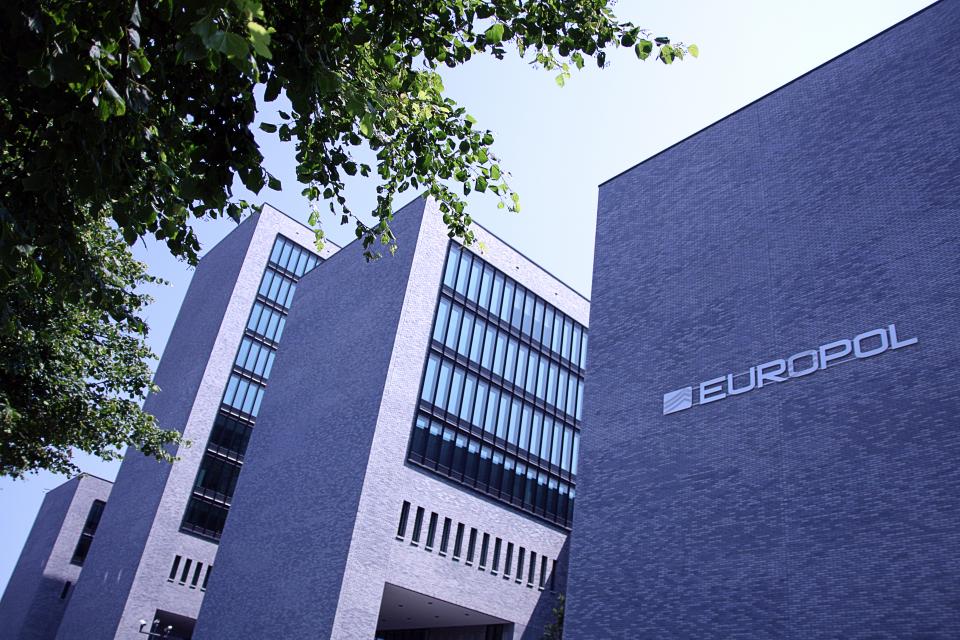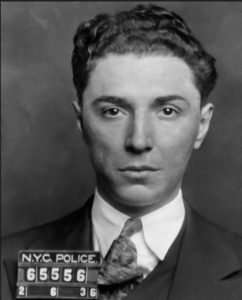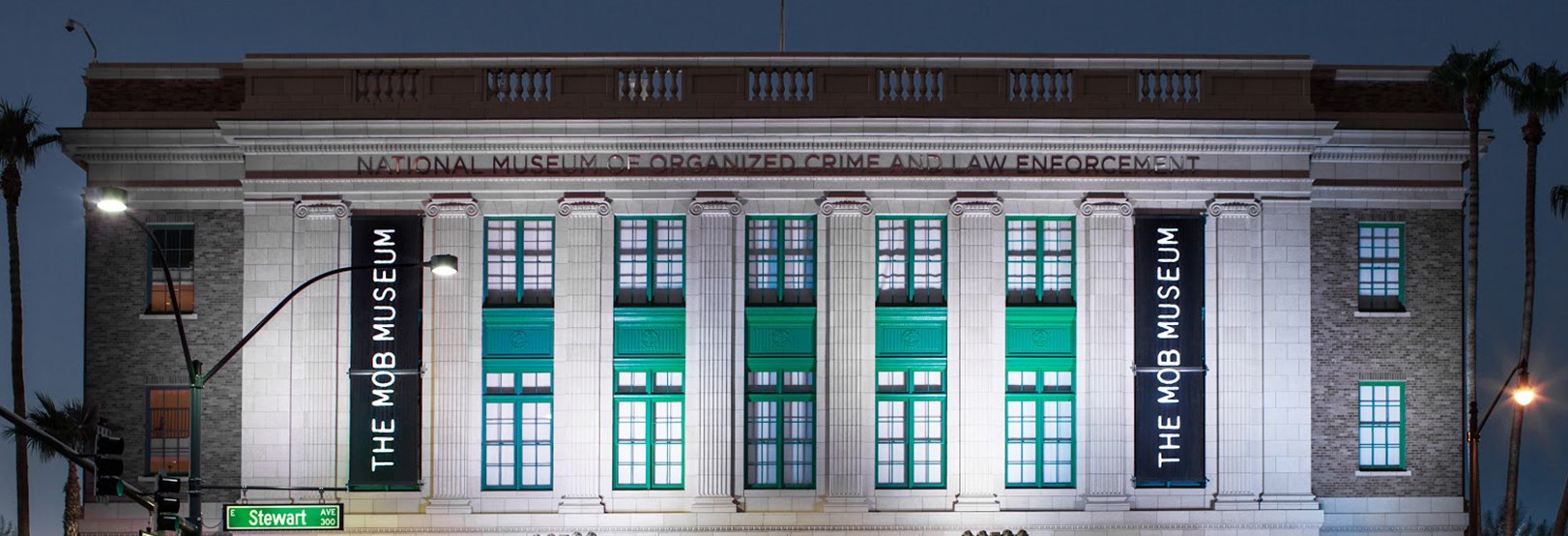
European Union: Organized crime deemed ‘highest’ security risk, greater than terrorism
Experts say police seize only a minute amount of $124 billion earned yearly by crime syndicates

Many of Europe’s top police officers were in the Netherlands last week attending a high-level conference focused on doing a more effective job in fighting international organized crime, described as “the highest risk” to security within the European Union.
The two-day conference, held in The Hague, underlined recent findings by the EU’s law enforcement agency Europol that despite many years of effort, authorities intercept only a tiny fraction of the billions of euros gained each year by European organized crime outfits.
“Europol’s report ‘Does Crime Still Pay?’ concluded that from 2012 to 2014 just 2.1 percent of the estimated proceeds of crime were seized or frozen and only 1.1 percent ultimately confiscated across the EU,” according to Europol.
In addition to well-known crime groups from southern and eastern Europe, syndicates from Asia, Africa and South America are also vying for shares in Europe’s illicit business, valued at 110 billion euros ($124 billion) annually, conference officials said.
Some experts at the conference, titled “Countering Strategies Against Transnational Organized Crime,” declared that the criminal underworld is a larger threat to Europe than terrorism.
“Currently, organized crime constitutes the highest risk for EU internal security,” Europol officers said in a statement. “This is the result of long-term development. Over recent years, organized crime has not stopped evolving.”
The gathering, hosted by Europol and Italy’s Anti-Mafia Investigation Directorate (DIA), is the first major step in a process that began last November with the launch of the Operational Network, or @ON, a 24-month project funded by Europe’s governing European Commission.
EU member nations, working through Europol, can use the @ON Network to deploy specialized police units and third-party investigators to probe Mafia-style organized groups across borders.
Recent joint actions coordinated by Europol include an operation by Spanish National Police and Bulgarian Judicial Police that took down a money laundering, burglary and drug sales ring involving Bosnian, Spanish, Colombian and Bulgarian nationals, resulting in 14 arrests in Spain and two in Bulgaria.
Europol is currently investigating more 5,000 organized crime groups representing more than 180 different nationalities. Most of the suspects, 60 percent, are residents of an EU member country.
European police have recognized that crime gangs take advantage of gaps in law enforcement resources in the 28-nation EU, and law enforcement must consolidate and exchange information immediately, as organized crime groups evolve, become more complex, flexible and adapt quickly.
Europe’s crime cliques range “from large ‘traditional’ groups to smaller and loose networks supported by individual criminals, who are hired and collaborate spontaneously” or in an ad hoc manner, Europol reported.
The groups includes the “Mafia-style” Italian clans (the Sicilian Mafia, the ’Ndrangheta of Calabria and the Camorra of Naples), networks based in Eastern Europe and Albania and outlaw motorcycle gangs.
These European syndicates delve mainly in drug trafficking, organized theft of property, migrant smuggling, trafficking of human beings for exploitation and excise tax evasion schemes. However, revenues from the online trade of illegal goods and services are growing and may surpass those of other criminal rackets.
Other police agencies supporting the @ON network are from Belgium, France, Germany, the Netherlands and Spain.
During the conference Tuesday, Giuseppe Governale, head of Italy’s DIA, said that crime solvers should concentrate on money laundering — the hidden movement of criminal proceeds — by gangs, according to a report by Agence France-Presse.
“Mass money laundering has a great impact on society, whole sectors are destabilized and it can jeopardize the national economy and security,” Governale said.
Violence is also on the rise in Europe, particularly in Sweden. Homicides from firearms in Sweden have reached an unprecedented level, increasing to more than 40 in 2018 compared with 15 in 2011, with 12 shooting deaths so far in 2019 during 67 gun battles and one person killed in the course of 47 grenade explosions.
FBI draws praise for big decline in DDoS cyber-attacks

Nexusguard, a San Francisco cyberspace security company, reports that the FBI last December greatly reduced the ability of DDoS-for-hire websites to launch international attacks on websites and servers.
The FBI eliminated 15 of the top DDoS Internet domain sites, in the process cut the capacity for DDoS attacks by 85 percent and reduced the number of attacks throughout the world by 11 percent, according to the firm.
DDoS stands for distributed denial-of-service, a type of cyberattack using many Internet-connected devices, or “bots,” to storm a website with fake traffic, overwhelm the IP address and server and cause the site to shut down, preventing it from communicating with users or filling business orders.
The for-hire websites closed by the FBI, called “booter” or “stresser” services, provided services from DDoS experts to laypeople who lack technical expertise but are willing to pay a fee to attack a specific website, for business, political or other reasons.
Some of the seized DDoS-for-hire websites were critical-boot.com, ragebooter.com, downthem.org and quantumstress.net. In December, the U.S. Justice Department charged Matthew Gatrel, 30, of Illinois, Juan Martinez, 25, of California and David Bukoski, 23, of Pennsylvania with computer fraud. Bukoski allegedly operated one of the longest-running DDoS schemes, Quantum Stresser, in business since 2012. The service had 80,000 subscribers and unleashed more than 50,000 actual or attempted DDoS attacks worldwide in 2018 alone.
Ex-Mob boss, federal witness ‘Little Al’ D’Arco dies
Alphonse “Little Al” D’Arco, one of the highest-level New York mobsters to turn federal informant, resulting in more than a dozen convictions of prominent Mob figures, died of natural causes in March at age 86 while in the witness protection program.

D’Arco, a native of Brooklyn, joined the Lucchese crime family in 1959 under the leadership of family lieutenant Vittorio Amuso, taking part in hijackings, drug dealing, arson and armed robberies. The family granted him “made man” status in 1982. Along the way, D’Arco commited eight murders.
A turning point came in 1984 when Paulie Vario, Lucchese capo and a partner in the Lufthansa airline heist in 1970, went to prison based on the testimony of Mob turncoat Henry Hill. D’Arco replaced Vario as capo.
By 1990, the family elevated Amuso to boss and Anthony “Gaspipe” Casso to underboss. Two infamously corrupt New York police detectives, Stephen Caracappa and Louis Eppolito, working as paid hitmen and spies for Casso, tipped the Luccheses about an alleged informant, Bruno Facciola. The family assigned D’Arco to order the hit. When police found Facciola’s body, a dead canary was stuffed in his mouth.
Then in early 1991, Caracappa and Eppolito notified Amuso and Casso that authorities intended to arrest them. Amuso and Casso went into hiding and made D’Arco acting boss. But eight months later, D’Arco lost faith in Mafia life when he sensed the family was planning his demise. He went to the feds, telling them he would sing in court about his former Mob colleagues in exchange for witness protection and no added jail time.
His testimony in federal court in New York led to the convictions of more than a dozen syndicate figures, from bosses to capos, including Genovese boss Vincent “The Chin” Gigante, Colombo acting boss Vittorio “Little Vic” Orena and Amuso himself. Later, after the 2005 arrests of Caracappa and Eppolito, his testimony also helped convict them.
A judge gave D’Arco credit for time served, fined him $50 and ordered his release. The U.S. government spent $2 million to relocate D’Arco and six families of his relatives to other locales for their protection.
Feedback or questions? Email blog@themobmuseum.org





